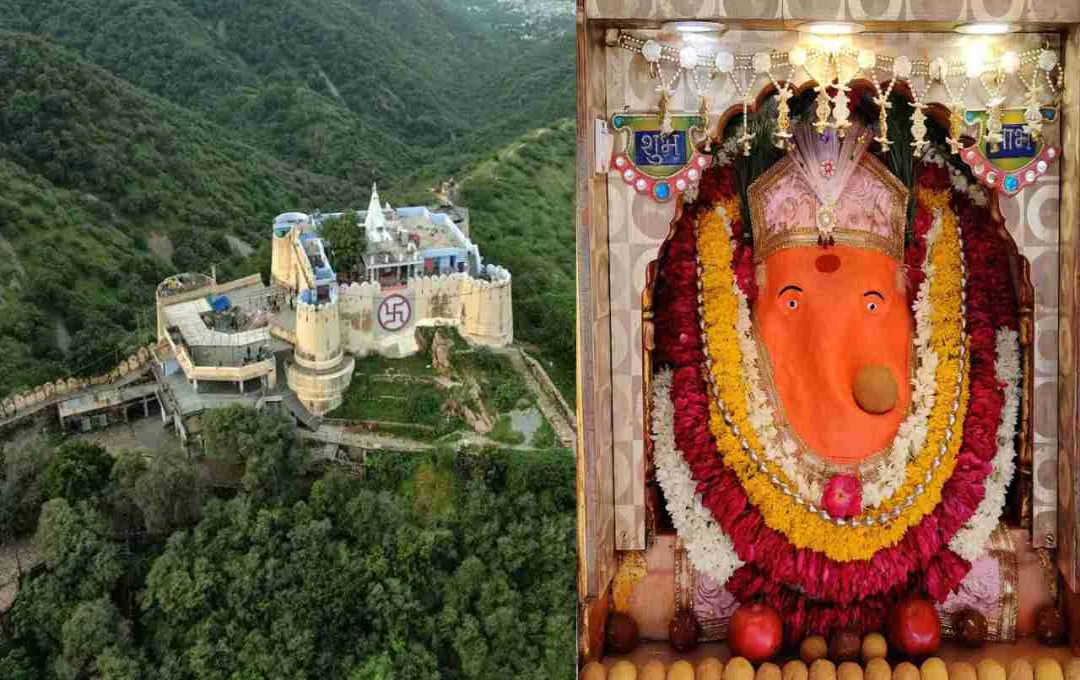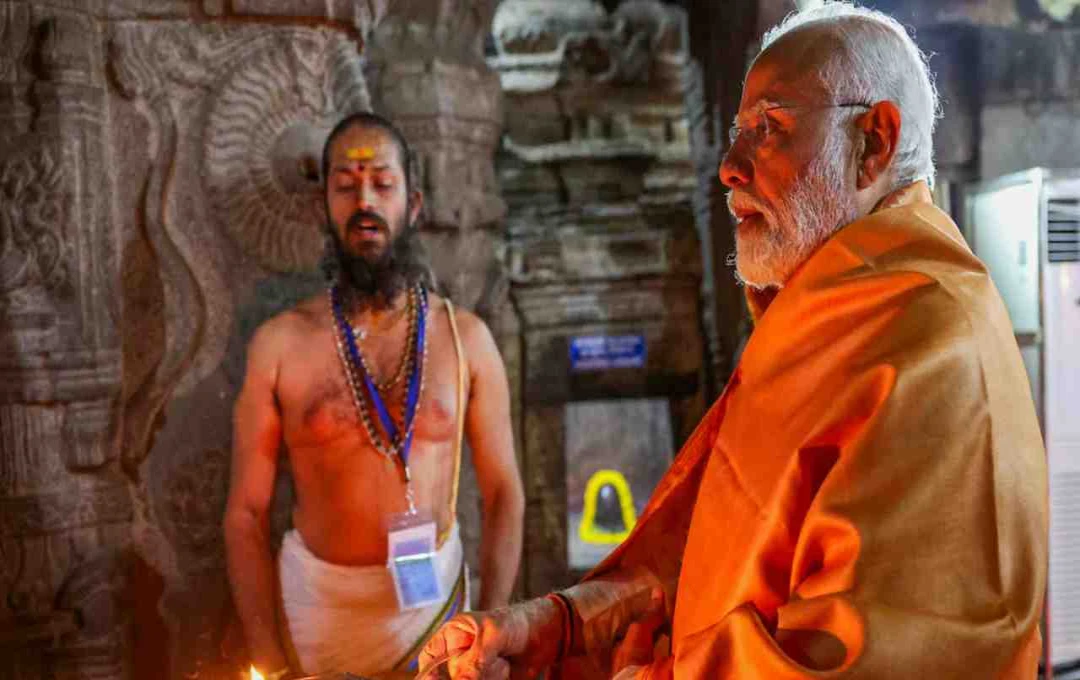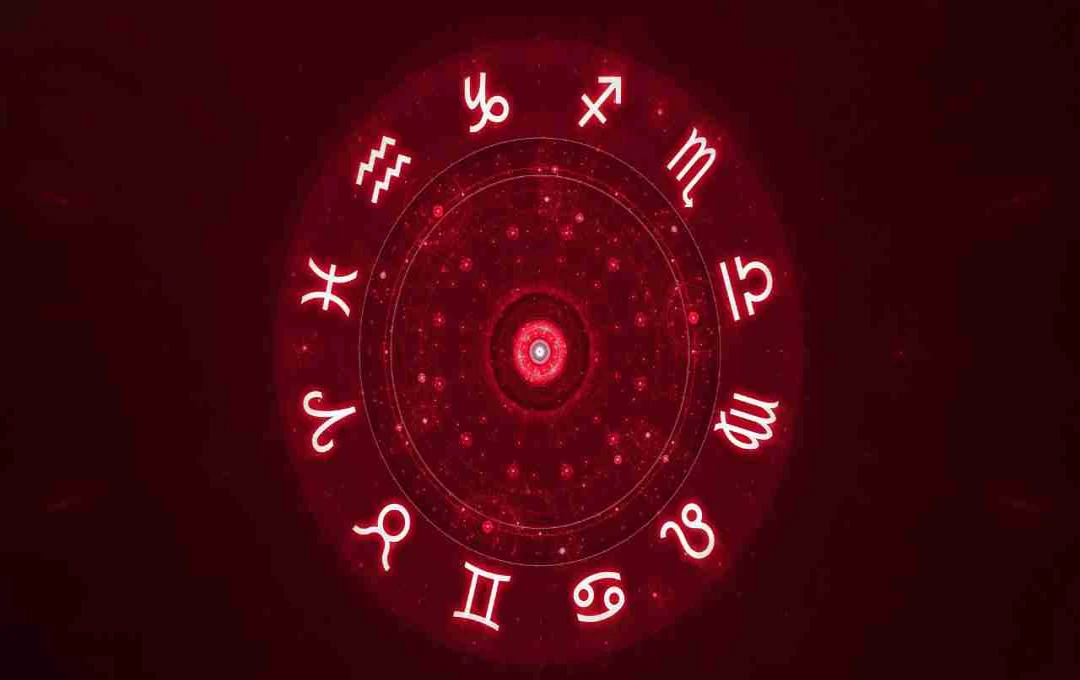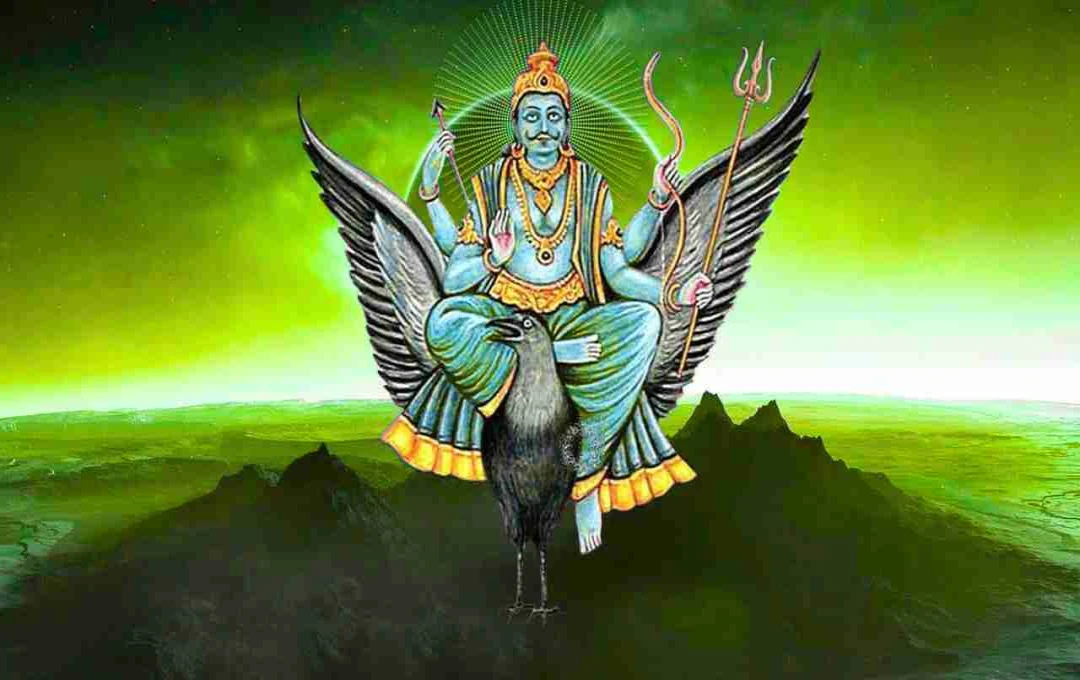Jaipur's Garh Ganesh Temple is the only temple in the country where the idol of Lord Ganesha is enshrined without a trunk. It was built in the 18th century by Maharaja Sawai Jai Singh II. It is believed that visiting here removes all life's troubles and brings prosperity and well-being to the home and family.
Ganesh Temple: The Garh Ganesh Temple, located in Jaipur, the capital of Rajasthan, is unique because the idol of Lord Ganesha is depicted without a trunk. Maharaja Sawai Jai Singh II built the temple in the 18th century to protect the capital and to initiate all auspicious beginnings from here. Devotees believe that visiting this temple removes life's obstacles, brings success in education and career, and ensures prosperity and well-being in the family.
Maharaja Sawai Jai Singh Built the Temple
According to historians, the Garh Ganesh Temple was constructed in the 18th century by Maharaja Sawai Jai Singh II, the founder of Jaipur. His intention was that the capital's protection and auspicious deeds would commence with the blessings of Lord Ganesha. The idol installed in the temple is in the form of child Ganesha, depicted without a trunk. It is due to this rare form that it is called "Garh Ganesh".
Why is This Form Special?
Generally, Lord Ganesha is identified by his trunk. However, the idol at Garh Ganesh Temple is entirely different from this tradition. Devotees believe this form symbolizes intellect, knowledge, and power. Visiting here removes all obstacles in life. Students and professionals believe that with the special grace of Lord Ganesha, they achieve success in education, career, and other endeavors.
Amazing Sight: The Idol is Visible from Jaigarh Fort

Another specialty of this temple is that its idol is directly visible from Jaigarh Fort. From the perspective of architecture and engineering, it is considered a unique marvel. Every year, special fairs are organized at this temple on the occasions of Ganesh Chaturthi and Ganesh Visarjan. Devotees from across the country participate in these fairs. The crowd of devotees and the atmosphere of religious celebration during the fairs make the temple even more sacred.
Center of Faith
Jaipur's Garh Ganesh Temple is a center of faith for local devotees and those from across the country. Devotees believe that worshipping Ganesha without a trunk alleviates life's troubles. It brings prosperity and well-being to the home and family, and provides mental peace. Daily prayers and devotional songs are organized in the temple, offering devotees spiritual experiences and joy.
Features of the Temple
The Garh Ganesh Temple is not only religiously significant but also unique in its architecture and local importance. The idol of child Ganesha, its trunkless form, its visibility from Jaigarh Fort, and the grand fairs are its unique attractions. Devotees believe that visiting here brings happiness, prosperity, and freedom from troubles in life.
Religious and Cultural Significance
This temple is not only unique religiously but also culturally significant. Built in the 18th century, this temple is a part of Jaipur's historical heritage. Since the time of Maharaja Sawai Jai Singh, this temple has stood as a symbol of the city's protection and the commencement of auspicious deeds.















